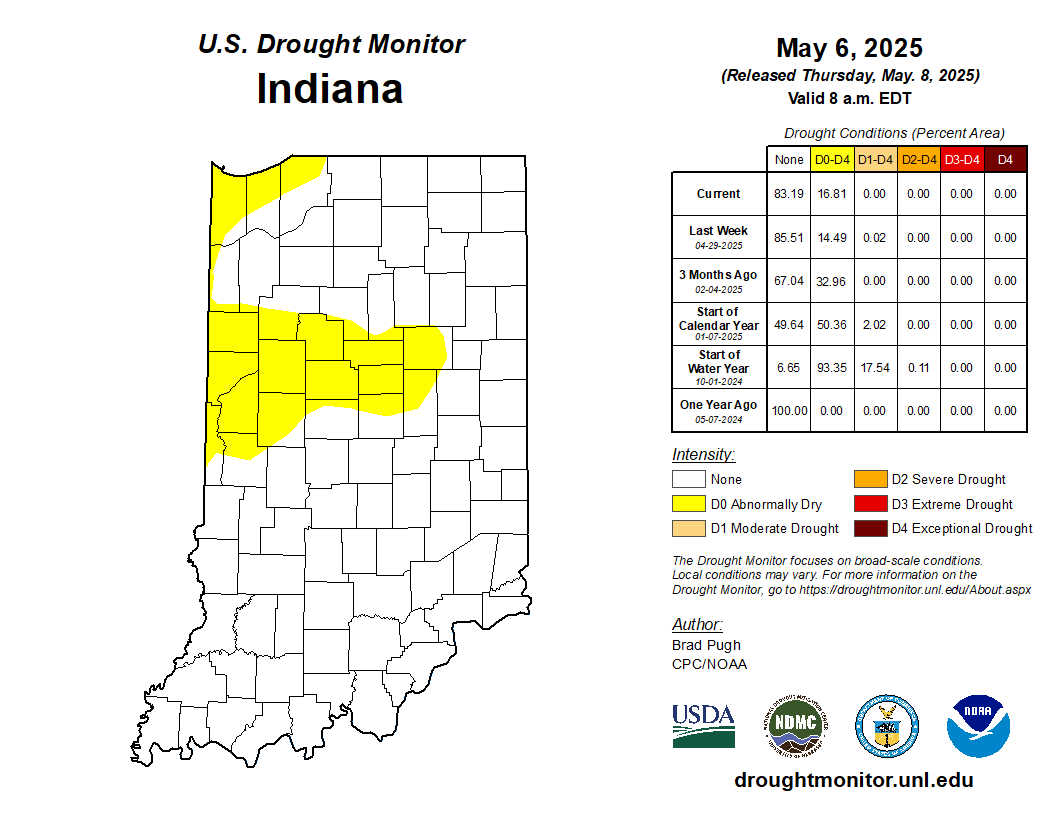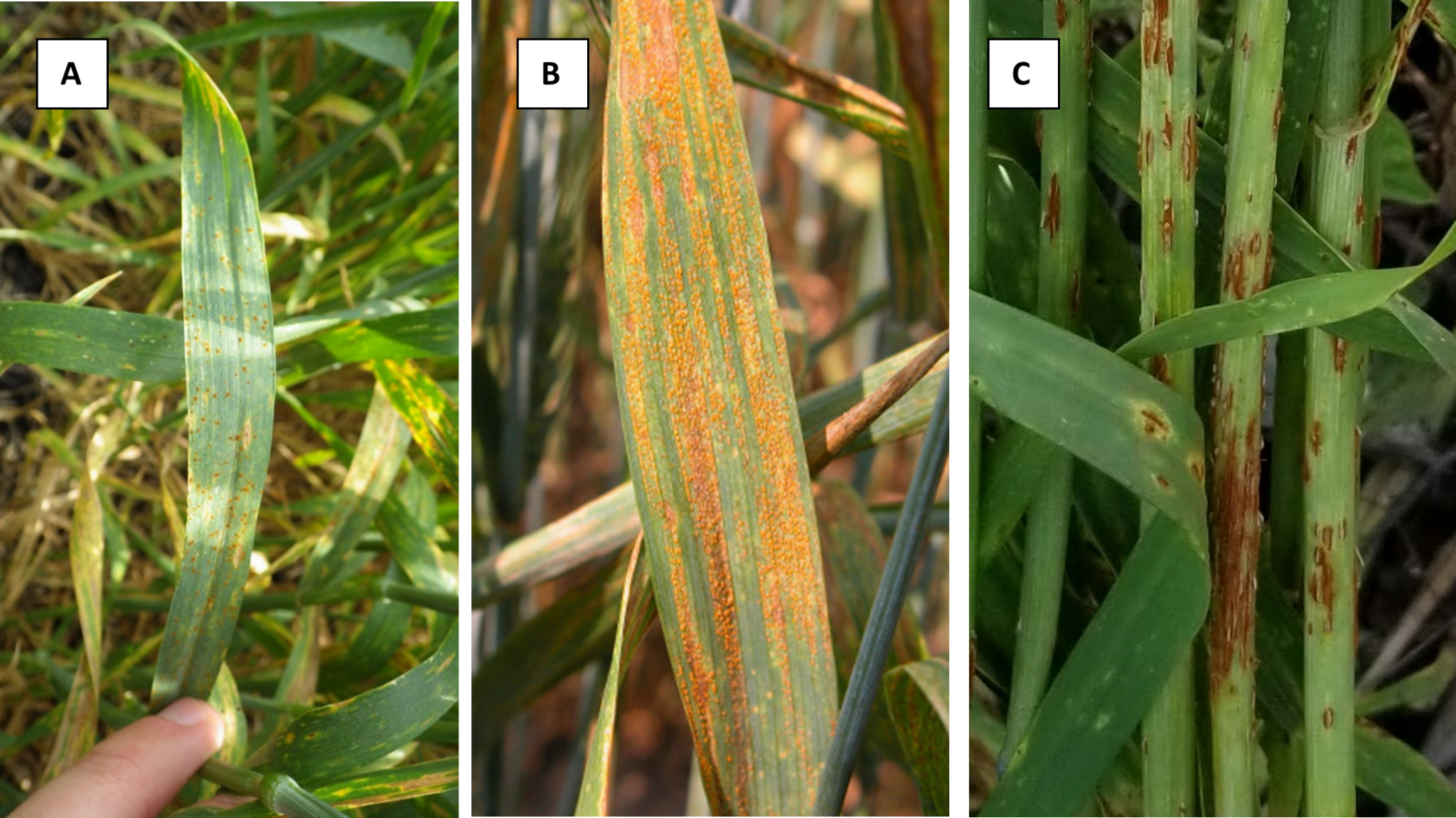
When evaluating the U.S. government’s tariff policy, farmers express short-term concerns about farm incomes but maintain long-term confidence in the resilience of the U.S. agricultural economy. According to the April survey from the Purdue University – CME Group Ag Economy Barometer, over half of the 400 farmers surveyed (56%) anticipate a negative impact on 2025 farm income due to the tariff policy. However, 70% of respondents believe that the increased use of tariffs will ultimately strengthen the U.S. agricultural economy in the long run.








